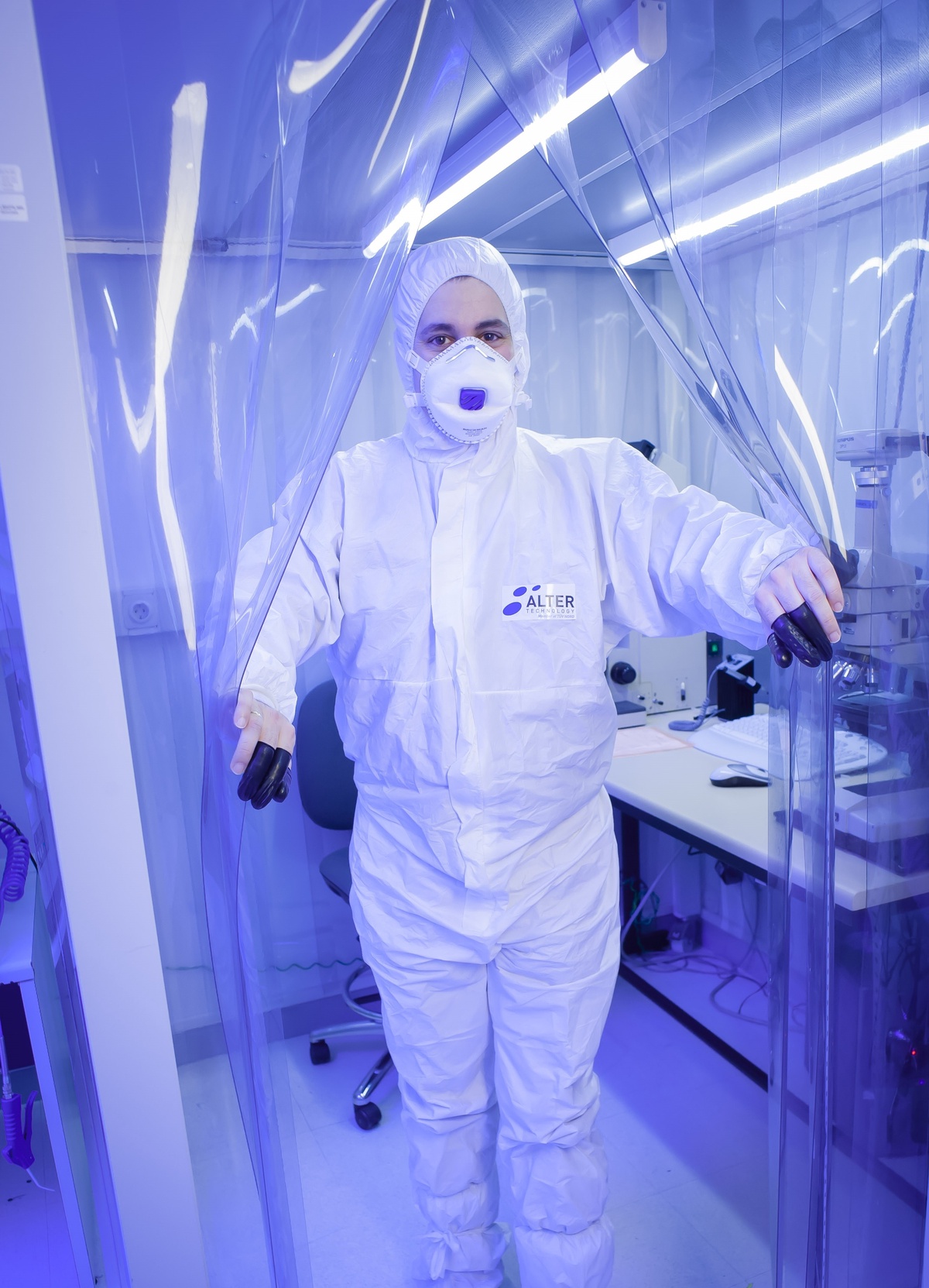Cleanroom technology refers to a specialized manufacturing or research environment that is designed to minimize contamination and maintain high levels of cleanliness. Cleanrooms are used in a wide range of industries, including pharmaceuticals, biotechnology, aerospace, electronics, and more.
The primary objective of cleanroom technology is to control the levels of airborne particles, such as dust, microbes, and other contaminants. This is accomplished by using specialized equipment, materials, and processes to create a controlled environment that is free from unwanted particles and contaminants.
Cleanrooms are typically classified according to the number and size of airborne particles permitted per unit of air volume. The classification system ranges from ISO Class 1 (fewest particles) to ISO Class 9 (most particles). Each classification has specific requirements for air cleanliness, air changes, temperature, humidity, and other environmental factors.
Cleanroom technology is used in a wide range of applications, including:
-
Pharmaceutical manufacturing: Cleanrooms are essential for the production of drugs and pharmaceuticals, which must be free from contamination to ensure their safety and efficacy.
-
Biotechnology: Cleanrooms are used for the production of biotech products, such as vaccines, monoclonal antibodies, and gene therapies.
-
Microelectronics: Cleanrooms are used for the manufacturing of microchips and other electronic components, which are extremely sensitive to contaminants.
-
Aerospace: Cleanrooms are used for the assembly of spacecraft, satellites, and other sensitive aerospace equipment, where even the smallest particles can cause significant damage.
-
Medical devices: Cleanrooms are used for the production of medical devices, such as implants and surgical instruments, which must be free from contaminants to ensure patient safety.
Cleanroom technology involves a wide range of specialized equipment and processes, including:
-
HVAC systems: Cleanroom HVAC (heating, ventilation, and air conditioning) systems are designed to provide a constant supply of clean air to the cleanroom, while also removing contaminated air.
-
HEPA filters: High-efficiency particulate air (HEPA) filters are used to remove airborne particles from the cleanroom air.
-
Air showers: Air showers are used to remove particles from personnel and equipment before they enter the cleanroom.
-
Cleanroom garments: Cleanroom garments, such as gowns, gloves, and shoe covers, are worn to prevent the release of particles from personnel into the cleanroom environment.
-
Cleanroom cleaning: Cleanroom cleaning involves specialized cleaning procedures and materials to remove contaminants from surfaces in the cleanroom.
-
Monitoring and testing: Cleanrooms are regularly monitored and tested to ensure they meet the required cleanliness standards.
Cleanroom Libya technology is an essential part of modern manufacturing and research, and it is increasingly important in industries where even the smallest particles can have a significant impact on product quality and safety.


No comments yet